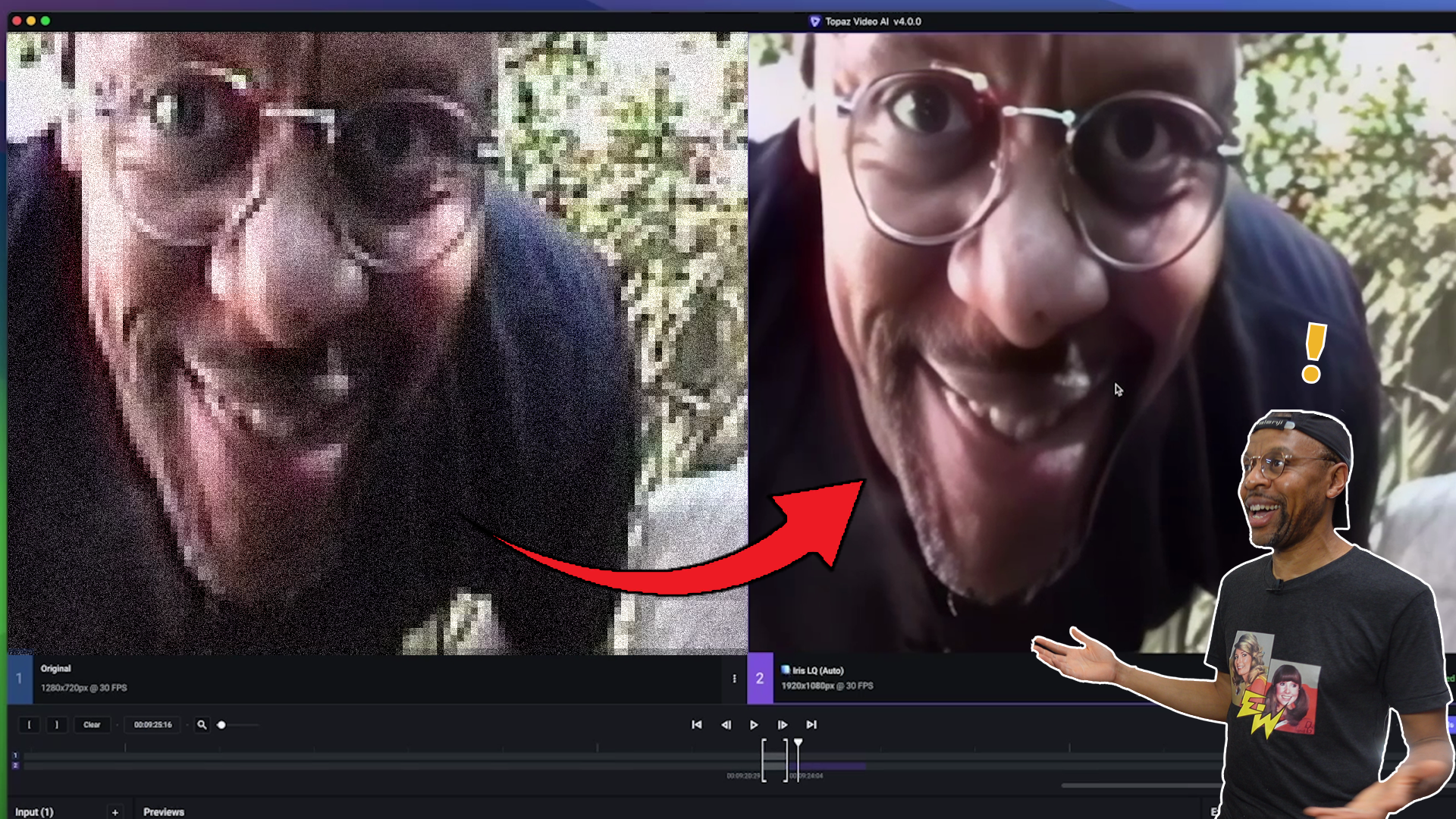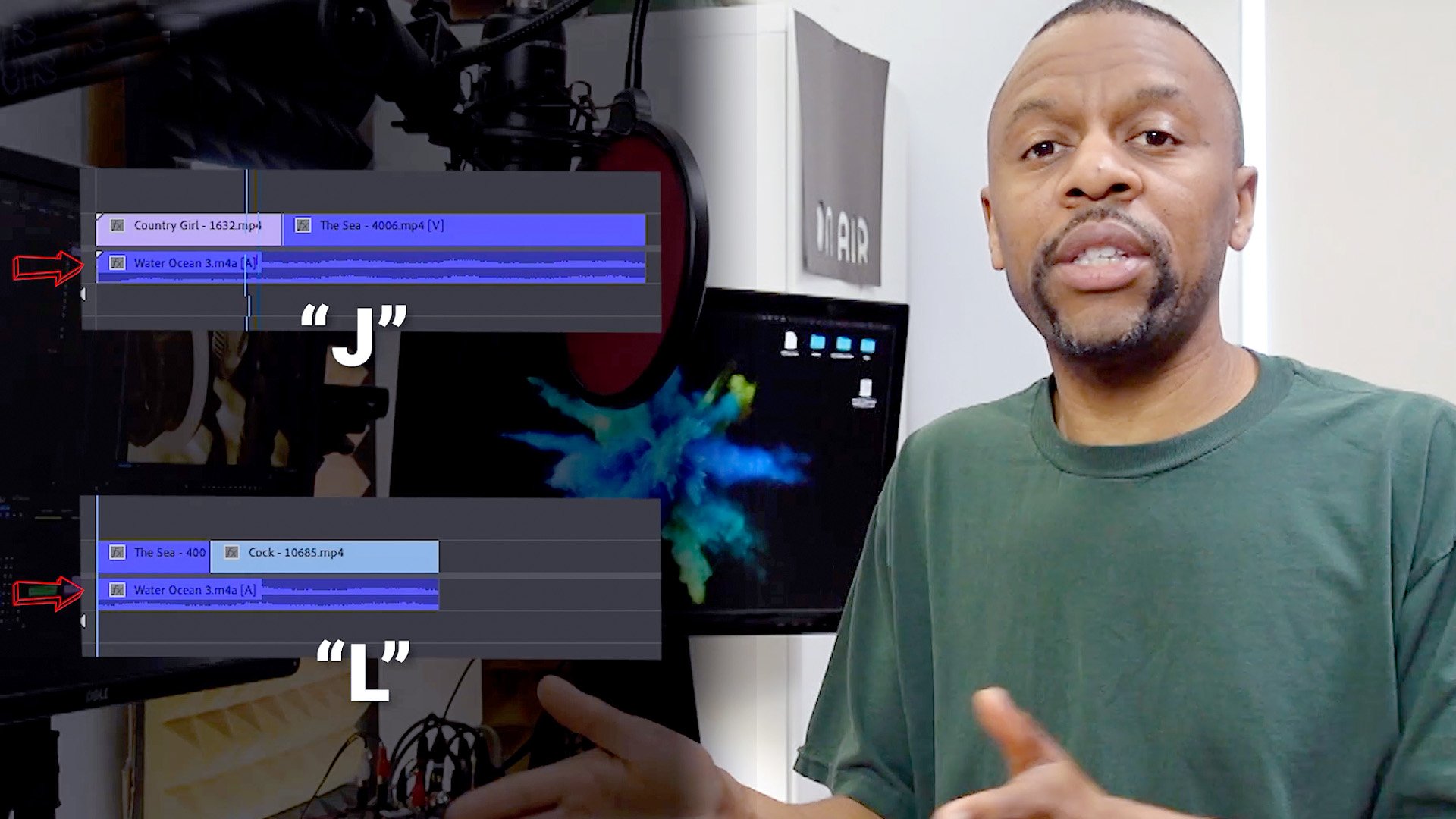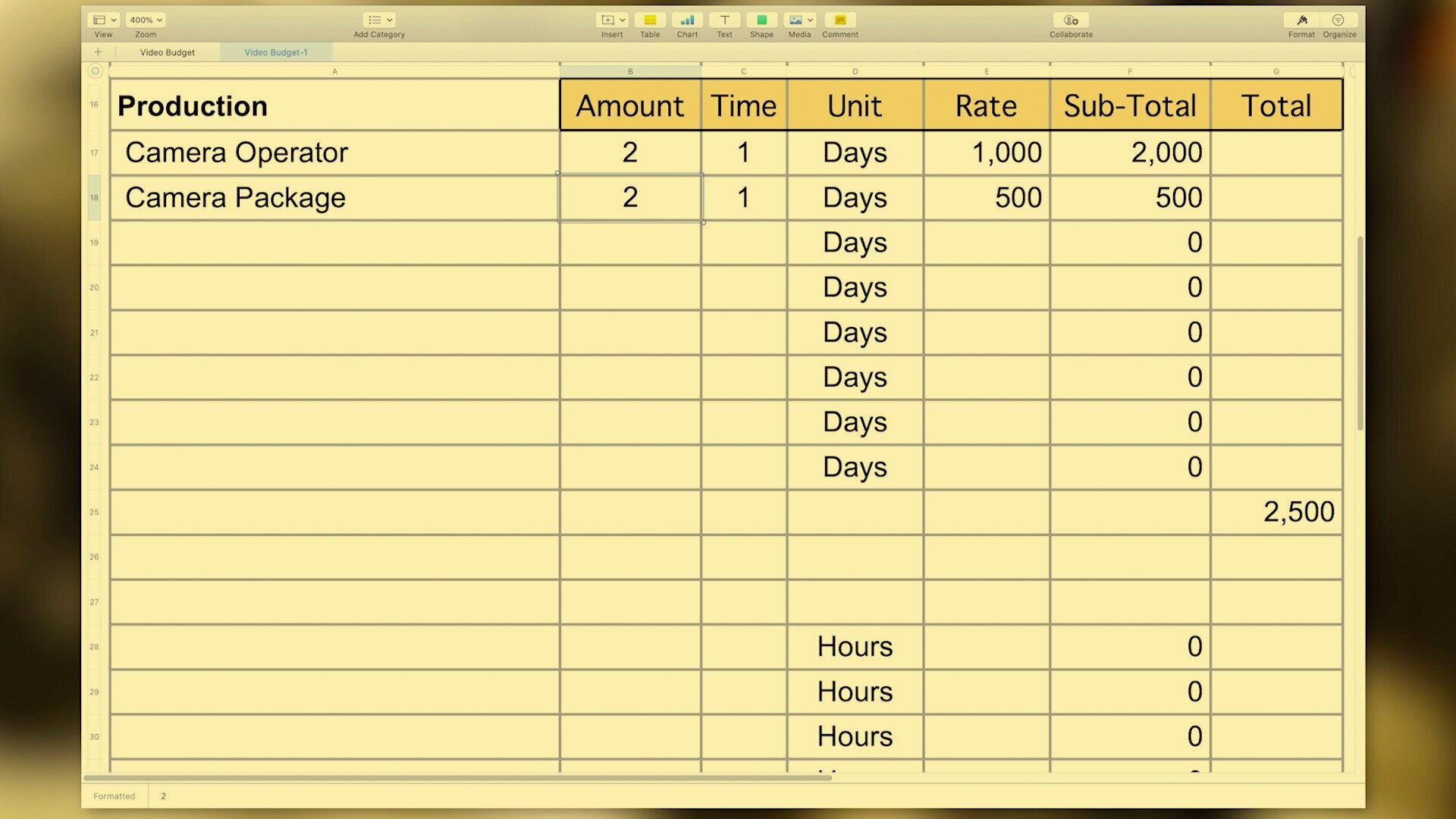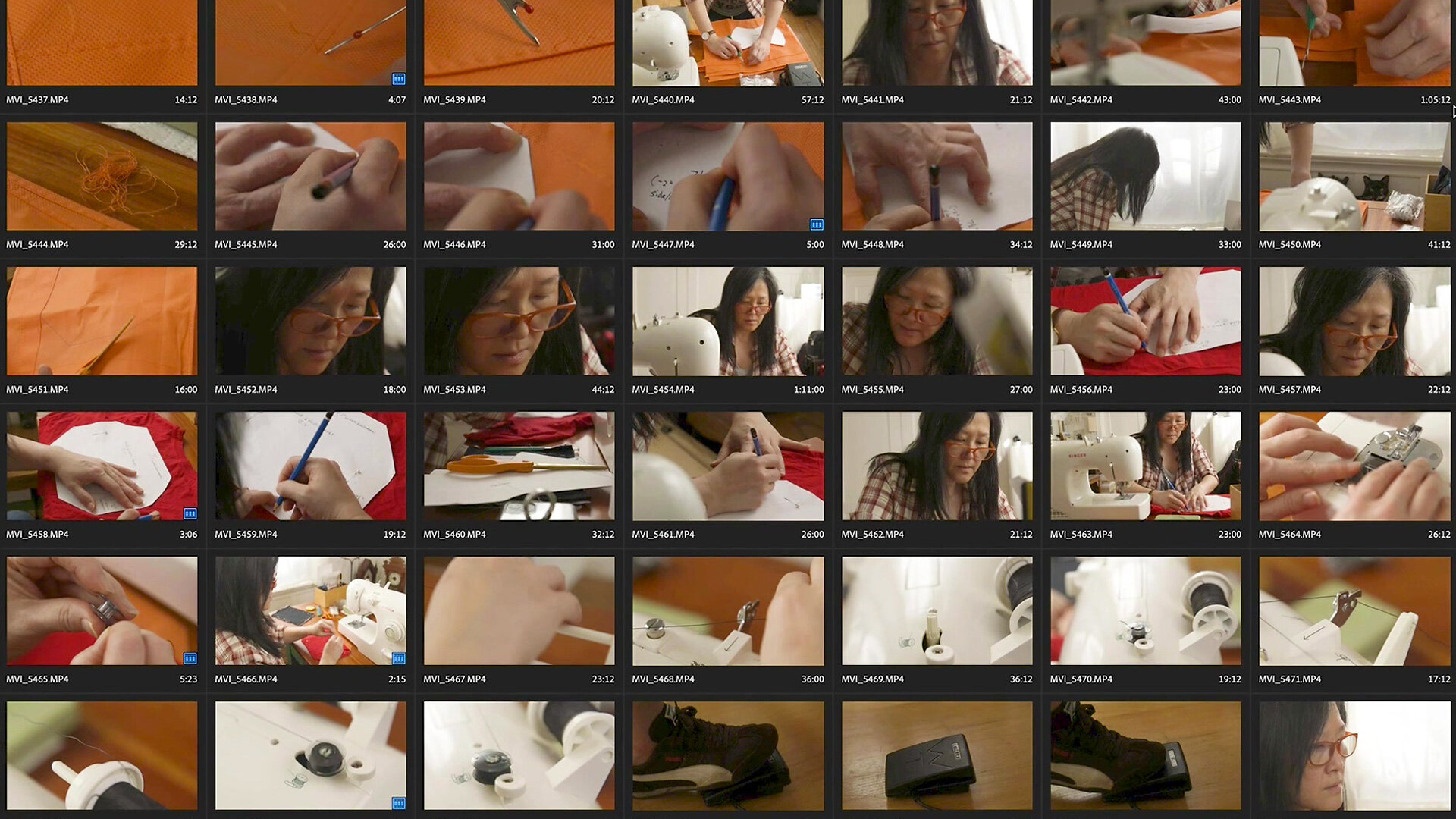Topaz Video AI by Topaz Labs has reached version 4! This amazing video application can not only enhance existing video, but it can also give you better slow-motion, stabilize shots without a gimbal and make old DSLR HD video look great! See how it handles our 1990's video from a 1990's Hi-8 camera...just like back in the 1990's!!
Film Set Design: Gak Up Your Backgrounds
Premiere Pro Markers Tutorial: How To and Use Tips
Ever been confused by markers on your timeline and sequence or wondered how best to use them? In this Premiere Pro markers tutorial, we'll show you how to make sense of the different markers and their placement along with some excellent use cases like editing to the beat and animating to a sequence.
Grip Knots for Film
Onset we use cutting-edge, high-end digital cameras alongside an ancient technology thousands of years old: Knots. In Grip Knots for film and video, we'll show you the most common knots used on set by grips, electrics, and other departments.
We'll also show you how and why they work so you'll be able to remember how to tie them because you understand what makes that knot unique.
7 Essential Cuts Every Editor Should Know
There are essential cuts every editor should know to make compelling videos. Let’s talk about what they are and what they look like to give you ideas for your next edit. What's the difference between a "J" and an "L" cut? A hard cut vs a jump cut? Read on.
The Hard Cut
Hard Cut. A hard cut is the most basic cut there is. It is simply moving from one shot to the next with no transitional effect. On an editing program, this would mean letting one shot flow immediately into the next, without putting anything in between to the two shots.
The Jump Cut
A jump cut is an editing technique that cuts between two sequential shots. In these shots, the camera position doesn't change (or only changes a small amount), but the subjects move, giving the appearance of jumping around frame. Jump cuts give the effect of moving forward through time.
Cut on Action
Cutting on action is when an editor cuts in the middle of an action to another shot that matches the first shot's action.
Cross Cut
Crosscutting describes the video editing technique of switching back and forth between scenes, often giving the impression that the action occurring in different locations is unfolding at the same moment. The cross cut is also known as parallel editing.
Montage
A montage, in motion pictures, is the editing technique of assembling separate pieces of thematically related film and putting them together into a sequence.
Cutaway
The cutaway shot is a filmmaking and editing technique that you'll see in nearly every film and TV show. A cutaway shot is a supplementary shot that “cuts away” from the main action to indicate something else in the space, such as an object or location.
Match Cut
A match cut is an edit in cinematography that uses elements of one scene in the transition to the next scene. The purpose is to create a visual match for different scenes that are not inherently linked, like scenes set in different locations, by having a second shot that — in some way — mirrors the first.
Video Budget Template: Creating Yours and Determining Costs for your Video
Using a good video budget template is an important part of creating as accurate a budget as you can prior to creating your video. We'll show you how to use our video budget template, how to create your own, how to determine what your costs will be, and important tips we've discovered from years of producing video.
Using Gels to Change Your Background Color
Fire Lighting Effects for Video: Creating them with Ease
How do you create a realistic fire lighting effect video shot for your project? We'll show you the tricks professional gaffers use to create lighting effects with fluctuating lights and color, what components you need to adjust and how. You'll also learn how to make the right adjustments to change that same firelight into a TV or computer monitor light and other effects.
We also look at affordable LED lighting units like the Pretigo Omicoo Fire Light and Spiffy Gear's KYU-6 wearable effect lights.
Making an Instructional Video Part 2: Tips on Shooting B-roll
When making an instructional video you need B-roll. Lots of wonderful B-roll. In our part 1 video, we discussed how to figure out what b-roll shots you need and which you don't.
In this video, part 2, we give you tips on shooting that B-roll. How to get in close for insert shots, how to light them, and how to get enough B-roll coverage to work in the edit.
Making An Instructional Video: When to Add B-roll
When making an instructional video, how do you decide what b-roll shots you need and which you don't? When to add them and when to leave them out? We break down the two main types of b-roll, how to know what type you need and when, and how to avoid some common pitfalls. We’ll even show you the origin of b-roll.
Kyno Media Management for Video Editing
Over time you collect thousands of assets: hero shots, b-roll, stills, graphics, audio and stock footage. Searching through them can be a real time suck. Kyno media management software to the rescue. After producing over 122 Pull My Focus videos, we have many digital media assets. With Kyno's Flat View Hierarchy we can see, sort, and filter our assets visually. We were so blown away by how amazing it was we bought it before the trial period was over.












